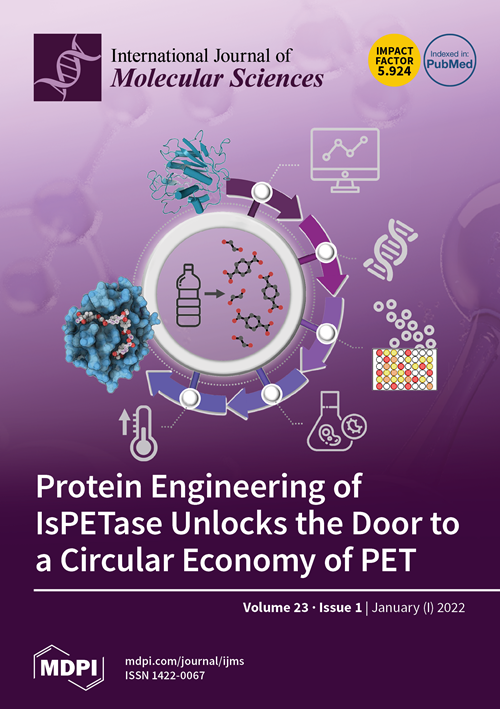治疗性间充质基质细胞的肌成纤维细胞命运:再生、修复还是绝望?
IF 4.9
2区 生物学
Q1 BIOCHEMISTRY & MOLECULAR BIOLOGY
引用次数: 0
摘要
间充质基质细胞(MSCs)可以从健康或病人捐献者的各种组织中分离出来,再移植到细胞疗法中。由于从活体组织中获得的间充质干细胞数量通常太少,无法直接用于临床,因此需要在细胞培养中扩增间充质干细胞。然而,体外扩增往往会降低所需的间充质干细胞再生潜能,并增强不想要的特性,如活化为纤维化肌成纤维细胞。瞬时活化的肌成纤维细胞通过产生和收缩细胞外基质形成瘢痕组织,从而在器官损伤后恢复组织的完整性。相反,持续存在的肌成纤维细胞则会造成过度瘢痕,即纤维化,从而破坏器官功能。在这篇综述中,我们将重点讨论肌成纤维细胞在接触坚硬的细胞培养塑料或受体疤痕组织(如大面积皮肤烧伤的增生性疤痕)时被激活的相关性和分子机制。我们讨论了细胞机械感知机制(如整合素和拉伸激活通道)、通过收缩肌动蛋白细胞骨架进行的机械传导,以及通过机械敏感共转录因子(如 YAP、TAZ 和 MRTF)将机械信号转化为转录程序。我们进一步阐述了长期机械应力如何通过直接传导至细胞核的机械传导,在DNA水平上唤起持久的表观遗传修饰,如组蛋白甲基化和乙酰化,从而形成持久的肌成纤维细胞记忆。最后,我们预测了如何通过调节细胞培养力学来生成间充质干细胞,这种干细胞具有表观遗传保护功能,可防止肌成纤维细胞活化,并在临床治疗中将所需的再生潜力输送到受体组织环境中。本文章由计算机程序翻译,如有差异,请以英文原文为准。
The Myofibroblast Fate of Therapeutic Mesenchymal Stromal Cells: Regeneration, Repair, or Despair?
Mesenchymal stromal cells (MSCs) can be isolated from various tissues of healthy or patient donors to be retransplanted in cell therapies. Because the number of MSCs obtained from biopsies is typically too low for direct clinical application, MSC expansion in cell culture is required. However, ex vivo amplification often reduces the desired MSC regenerative potential and enhances undesired traits, such as activation into fibrogenic myofibroblasts. Transiently activated myofibroblasts restore tissue integrity after organ injury by producing and contracting extracellular matrix into scar tissue. In contrast, persistent myofibroblasts cause excessive scarring—called fibrosis—that destroys organ function. In this review, we focus on the relevance and molecular mechanisms of myofibroblast activation upon contact with stiff cell culture plastic or recipient scar tissue, such as hypertrophic scars of large skin burns. We discuss cell mechanoperception mechanisms such as integrins and stretch-activated channels, mechanotransduction through the contractile actin cytoskeleton, and conversion of mechanical signals into transcriptional programs via mechanosensitive co-transcription factors, such as YAP, TAZ, and MRTF. We further elaborate how prolonged mechanical stress can create persistent myofibroblast memory by direct mechanotransduction to the nucleus that can evoke lasting epigenetic modifications at the DNA level, such as histone methylation and acetylation. We conclude by projecting how cell culture mechanics can be modulated to generate MSCs, which epigenetically protected against myofibroblast activation and transport desired regeneration potential to the recipient tissue environment in clinical therapies.
求助全文
通过发布文献求助,成功后即可免费获取论文全文。
去求助
来源期刊

International Journal of Molecular Sciences
Chemistry-Organic Chemistry
CiteScore
8.10
自引率
10.70%
发文量
13472
审稿时长
17.49 days
期刊介绍:
The International Journal of Molecular Sciences (ISSN 1422-0067) provides an advanced forum for chemistry, molecular physics (chemical physics and physical chemistry) and molecular biology. It publishes research articles, reviews, communications and short notes. Our aim is to encourage scientists to publish their theoretical and experimental results in as much detail as possible. Therefore, there is no restriction on the length of the papers or the number of electronics supplementary files. For articles with computational results, the full experimental details must be provided so that the results can be reproduced. Electronic files regarding the full details of the calculation and experimental procedure, if unable to be published in a normal way, can be deposited as supplementary material (including animated pictures, videos, interactive Excel sheets, software executables and others).
 求助内容:
求助内容: 应助结果提醒方式:
应助结果提醒方式:


